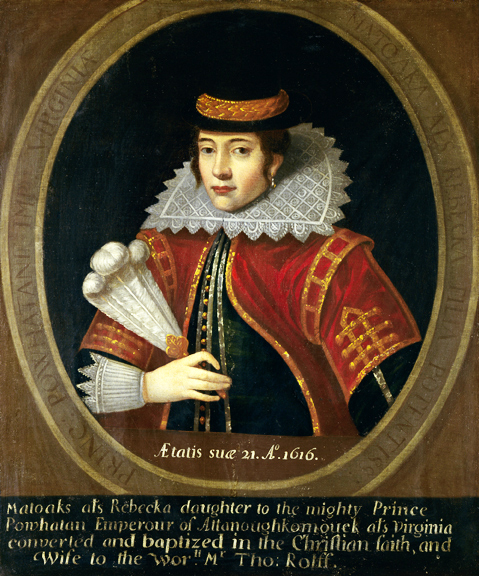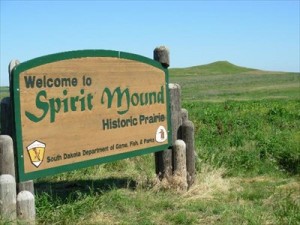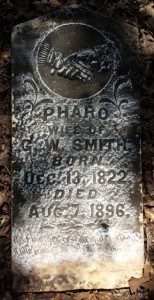
Updated 12/12/14: Added section on the meaning of Minnewauken and Devils Lake
[Map Reference: “Encounter on the Great Plains: Scandinavian Settlers and the Dispossession of Dakota Indians, 1890-1930“, by Karen V. Hansen, Oxford University Press, Sep 18, 2013]
This post presents one of my wife’s ancestors through her father’s lineage: Gerard Hubert Roers
He is one of the first ancestors I traced back to Europe, but his lineage was difficult to establish since he (as many in her her family did) lived just beyond the boundaries of the United States along side Native Americans. In this case, along side the Sioux of North Dakota. Specifically, near the Spirit Lake Reservation along Devils Lake, ND. The map above shows the area this enterprising young man from Holland settled, before dying suddenly of appendicitis. The above referenced book outlines the migration of Dutch and Norwegian immigrants into Minnesota and the Dakotas during the last half of the 1800’s.
Update: interesting note: Devils Lake and Minnewauken, SD originate from the same source:
The Sioux called the lake mni wak’áŋ chante, which separately translate as mni (water), wak’áŋ (spirit), and chante (bad). Early European-American settlers thought this meant “Bad Spirit Lake”, or “Devils Lake.” The “bad” referred to the high salinity of the lake, making it unfit to drink, and “spirit” meant the mirages often seen across the water. The Christian concept of the devil was not present in the Sioux religion.
mni wak’áŋ = Sioux for Minnewauken, SD – end update
Read more →




